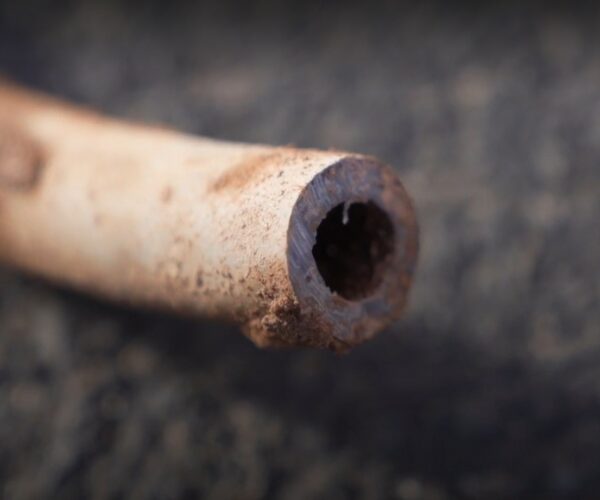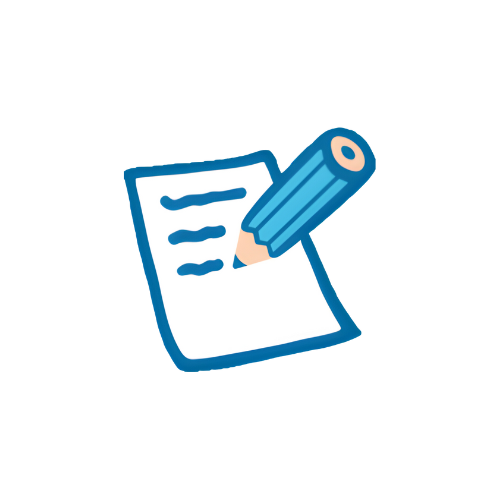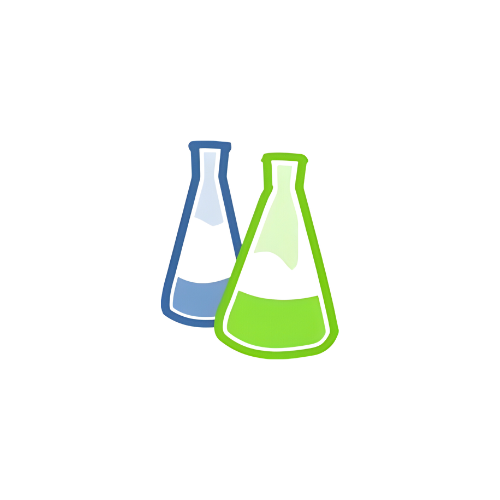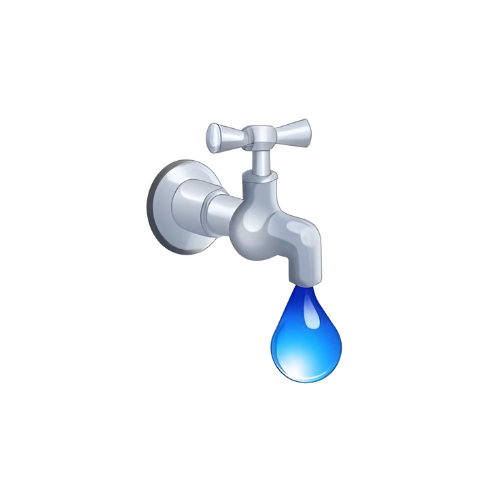Lead in Drinking Water - Schools Information
Learn more about lead in drinking water and how it affects schools
How Does it Affect Schools?
Exposure to lead is a significant health concern. The growing bodies of children and infants absorb more lead than the average adult. Drinking water is one possible, but not the only, source of lead exposure. Infants whose diets consist of formula may get lead exposure from tap water used to make the formula.
Here, school faculty and water providers will find some helpful tools needed to prepare for and carry out a sampling program for lead in drinking water at their facilities. The tools are presented by topic and provide convenient access to helpful videos, images, forms, guidance and tips.

The DOE lead testing regulations can be found at N.J.A.C.6A:26-12.4 , with additional definitions posted at 6A:26-1.2. For questions regarding reimbursements and exemptions please visit DOE’s website or contact DOE at leadtesting@doe.state.nj.us. If you have questions or suggestions regarding DEP’s Lead Sampling Information for Schools, please submit them to watersupply@dep.nj.gov.
About Your Water System
Most water systems test for lead as a regular part of water monitoring. These tests give a system-wide perspective and do not reflect conditions at a specific drinking water outlet.
- NJ public water systems sampling results may be found at NJ Drinking Water Watch.
- You may also request a Consumer Confidence Report (CCR) from your water supplier.
- If you are uncertain who your water supplier is, look it up here.
Additional Resources
- Lead in Drinking Water at Schools and Child Care Centers (NJDOH)
- Drinking Water in Schools and Childcare Facilities – United States Environmental Protection Agency (USEPA)
- LCR Sampling Plan Training Presentations
- How to Identify Lead-Free Certification Marks for Drinking Water Systems and Plumbing Materials
- Lead Resources Factsheet updated 5/7/2020





